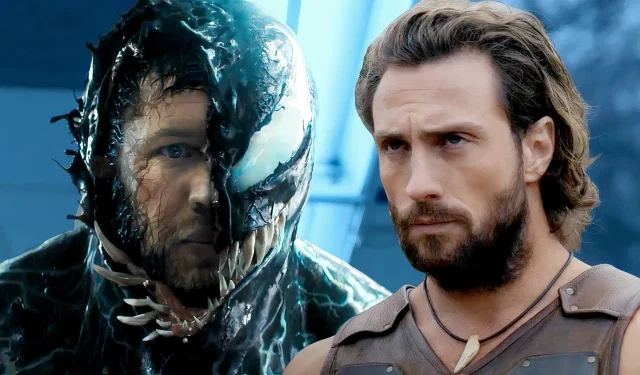
Sony’s Spider-Man Universe (SSU) has sparked a range of opinions since its inception, yet it has undeniably contributed some captivating features to the Marvel cinematic landscape. From intriguing character dynamics to breathtaking action sequences, Sony has effectively woven new layers into Spider-Man’s expansive mythology. The SSU’s focus on alternative narratives brings fresh perspectives to the lore surrounding the beloved web-slinger.
The universe kicked off in 2018 with Venom, which defied expectations by becoming a box office hit despite receiving mixed critical reviews. Following its success, Sony expanded the SSU with subsequent releases such as Venom: Let There Be Carnage, Morbius, Kraven the Hunter, and Madame Web. Unlike the Marvel Cinematic Universe, the SSU emphasizes antiheroes and villains, embracing a darker and more unconventional narrative style. The choice to keep Spider-Man out of the spotlight has opened the door for distinctive storytelling avenues. As we reflect on Sony’s Spider-Man Universe, let’s delve into some of its noteworthy moments.
1
The Relationship Between Venom and Eddie Brock
Venom, Venom: Let There Be Carnage, Venom: The Last Dance
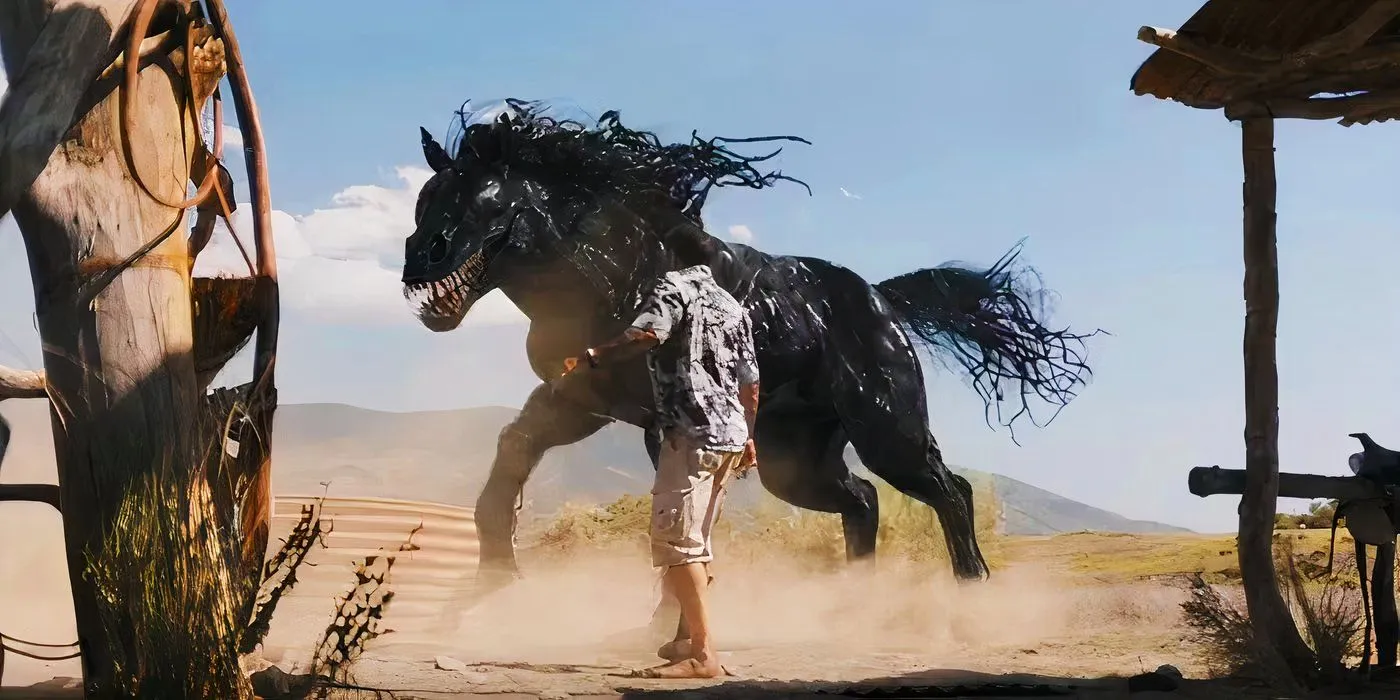
The bond between Eddie Brock (played by Tom Hardy) and the symbiote Venom emerges as a highlight within the SSU. Their relationship serves as both the comedic and emotional core of the Venom films, adding a quirky twist to traditional superhero narratives. Rather than following a standard heroic journey, Eddie and Venom engage in an unconventional buddy comedy filled with genuine emotion, which further evolves into a twisted romantic comedy dynamic in Let There Be Carnage.
Tom Hardy’s portrayal—essentially a duet with himself—endows this partnership with a unique charm that resonates with viewers. Voicing Venom from Let There Be Carnage onward has deepened this symbiotic relationship, culminating in an engaging dynamic filled with humorous bickering and cooperative heroics against foes. Their possessive yet oddly affectionate bond presents an insightful take on duality, making their exchanges relatable and hilarious.
As the films progress, their evolving relationship reveals heartfelt moments interspersed with action, showcasing Hardy’s talent and the screenplay’s strength in crafting a genuine connection.
2
The Fight Scenes in Kraven the Hunter Were Amazing
Kraven the Hunter
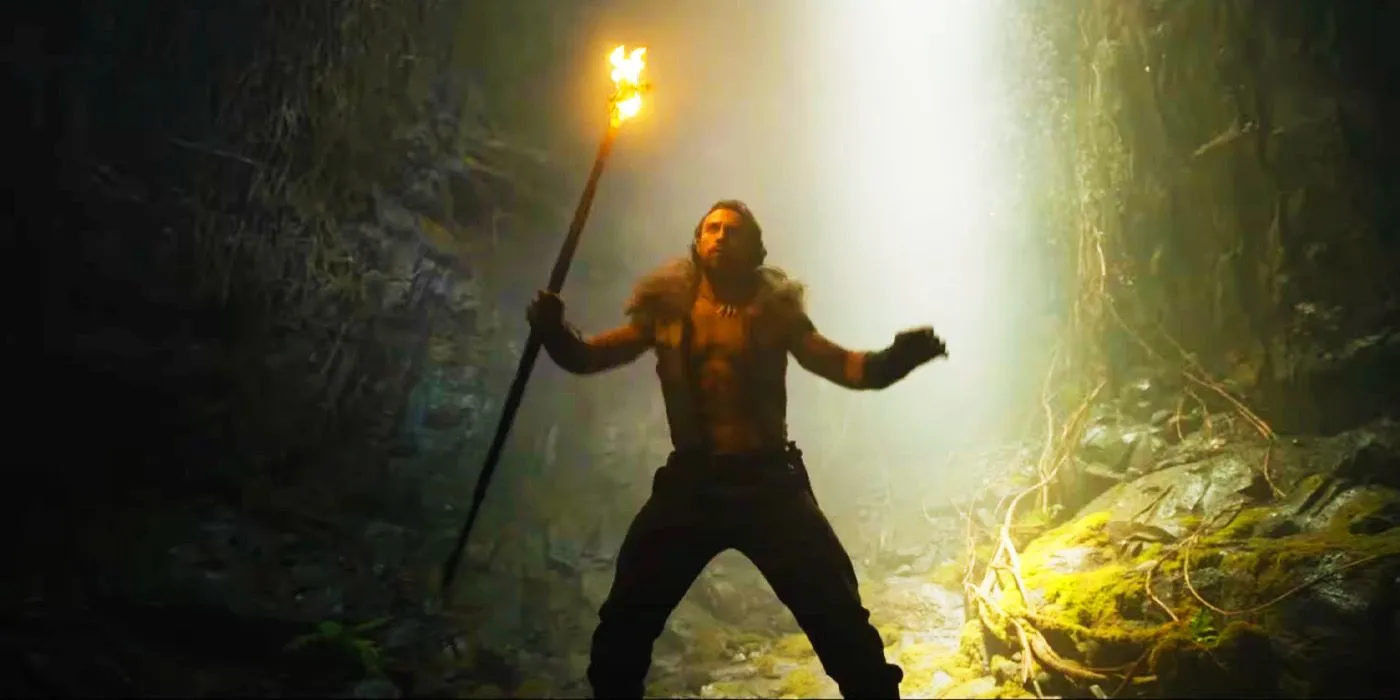
Kraven the Hunter injected a new level of intensity into the SSU’s action sequences. The film’s visceral choreography showcases Kraven’s primal combat style, merging brutal hand-to-hand techniques with his exceptional hunting skills. By judiciously applying practical effects over CGI, the battles attain a grounded and gritty realism that distinguishes them from typical superhero fare.
One notable sequence features Kraven battling a gang of poachers within a dense jungle, where the fluid camera work heightens the adrenaline of the encounter. This dynamic scene embraces Kraven’s raw, animalistic fury, simultaneously referencing his comic book roots, such as images of his iconic lion’s head vest.
Another memorable fight in a prison setting demonstrated Kraven’s versatile combat abilities, underscoring his connection to nature. While the overall narrative of the film faltered, its exhilarating fight sequences illuminate Kraven’s character and showcase the potential for captivating storytelling through action.
3
The Spider-Women Costumes Were Impeccable
Madame Web
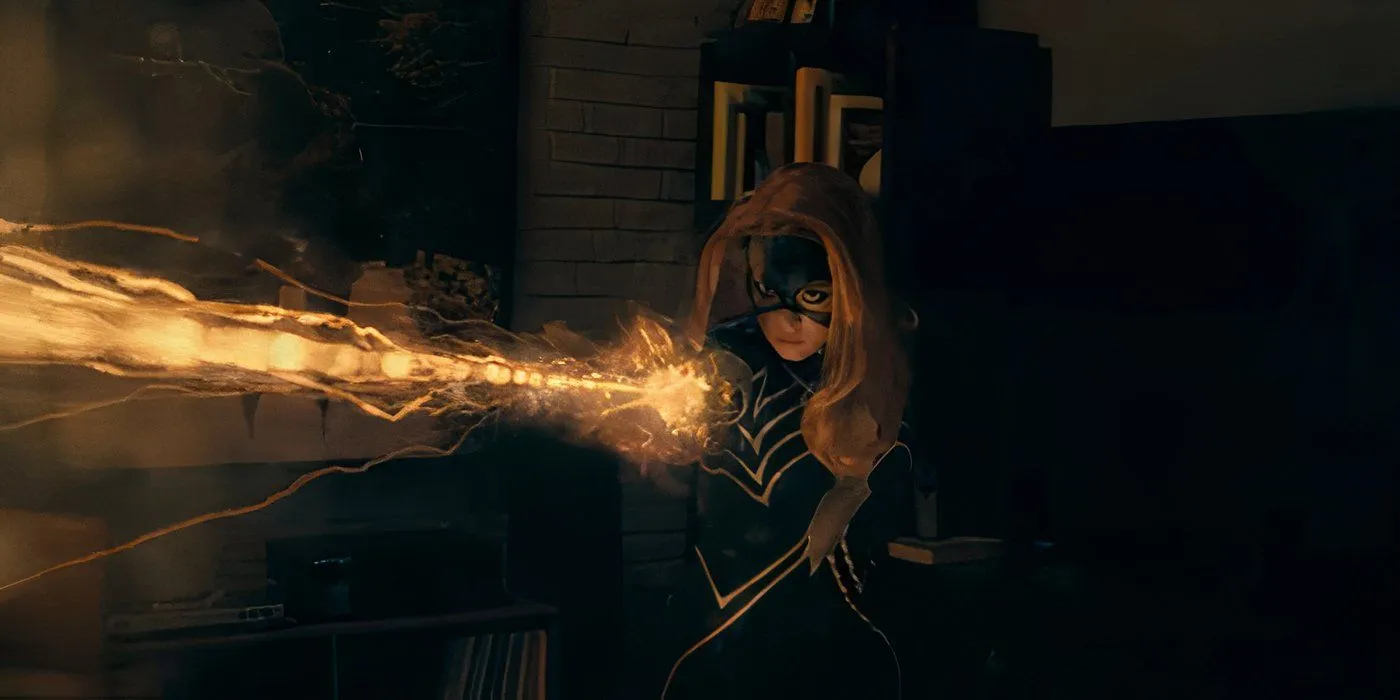
The meticulous design of the Spider-Women’s costumes in Madame Web deserves special mention. Each suit not only reflects the characters’ comic book origins but also integrates contemporary design elements that elevate their visual storytelling. The distinct costumes give insight into their unique identities and backstories.
Julia Carpenter’s black-and-white suit honors her identity as the second Spider-Woman, emphasizing her stealth and enigma. Conversely, Anya Corazon’s costume creatively plays with the traditional Spider-Woman aesthetic, while Mattie Franklin’s design merges youthful vibrancy with a pragmatic combat look, perfectly tailored for her agile fighting style.
Regrettably, the film underutilizes these characters, relegating them to mere supporting arcs without fully exploring their potential. This oversight squanders the opportunity to delve into their rich histories and relationships. While their costumes hint at vast possibilities, the writing ultimately leaves fans longing for more depth and character development in future installments.
4
The Dynamic Application of Symbiote Powers
Venom, Venom: Let There Be Carnage, Venom: The Last Dance
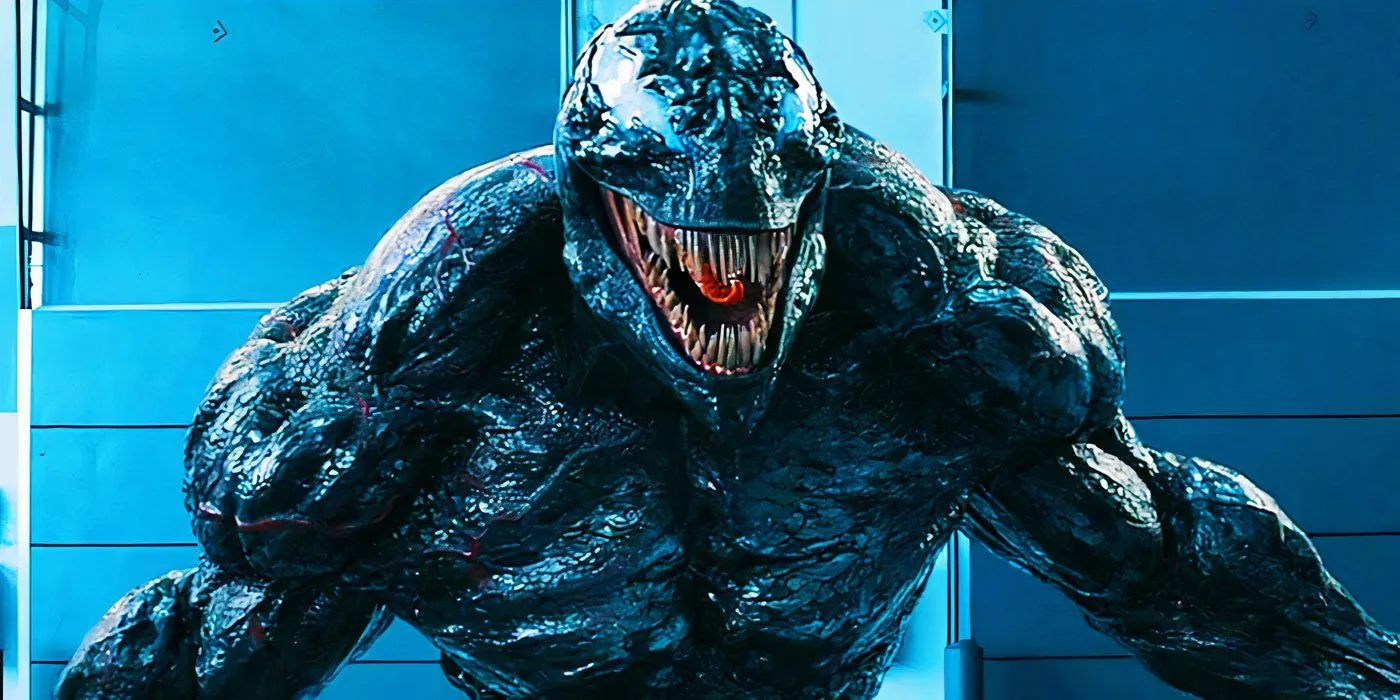
The SSU has delved into the possibilities of symbiotes with creativity and excitement. The films illustrate the symbiotes’ capabilities beyond mere parasites; they are portrayed as agile, adaptive entities with distinctive powers. For instance, in the original Venom, Riot’s transformation into weapons highlights the versatility of symbiotes, while Carnage builds on this concept, employing his shape-shifting abilities to amplify his menace.
In Venom: Let There Be Carnage, Venom’s playful use of his abilities—ranging from swinging through cities to heroically protecting Eddie—enhances the vividness of their dynamic. This narrative expands in Venom: The Last Dance, showcasing an array of symbiotes, each with its unique traits and powers. These innovative portrayals not only add visual spectacle to the franchise but also enrich character development, illustrating how symbiotes can serve as both destructive forces and extensions of their hosts’ personalities.
5
Kraven the Hunter Boasted Several Classic Spidey Foes
Collar The Hunter
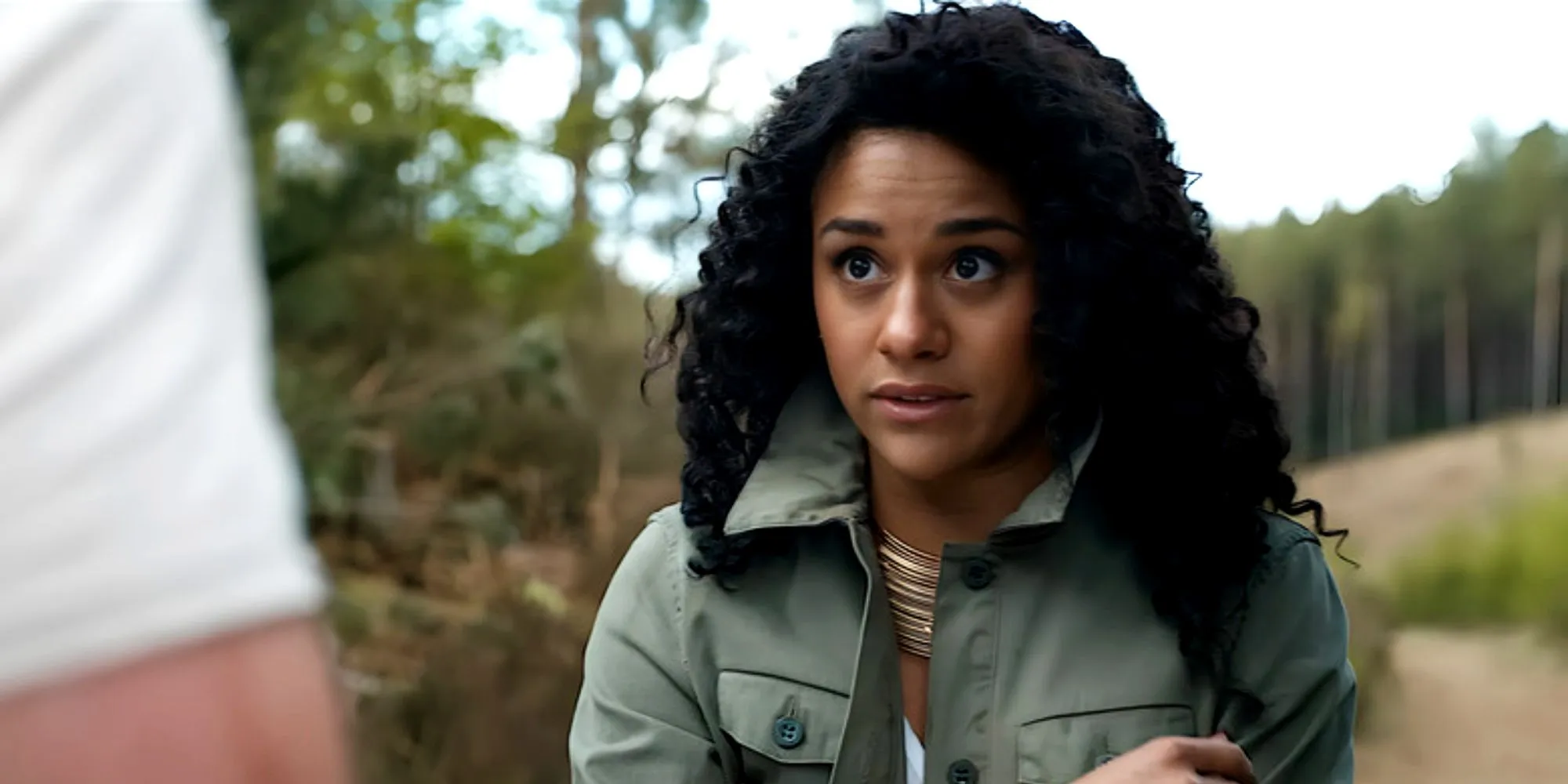
Kraven the Hunter surprised audiences by featuring well-known Spider-Man villains, intricately woven into its plot. Characters like Chameleon and Rhino enrich Kraven’s narrative, highlighting his ties to a rogue’s gallery and setting up potential conflicts for future stories. This interplay adds layers to the film’s storytelling and appeals to long-time fans of Spider-Man.
The presence of Chameleon, with his ability to disguise, balances Kraven’s physical prowess, while Rhino’s massive stature provides a formidable challenge in key showdowns. Notably, these villains transcend being mere Easter eggs; they contribute significantly to shaping Kraven’s character arc, enhancing the overall depth of the film.
While introducing these iconic adversaries earlier in the series could have benefited the franchise, their inclusion in the final installment is nonetheless exciting. This decision not only amplifies the film’s narrative but also opens avenues for further explorations within the SSU.
6
The Symbiotes vs. The Xenophages
Venom: The Last Dance
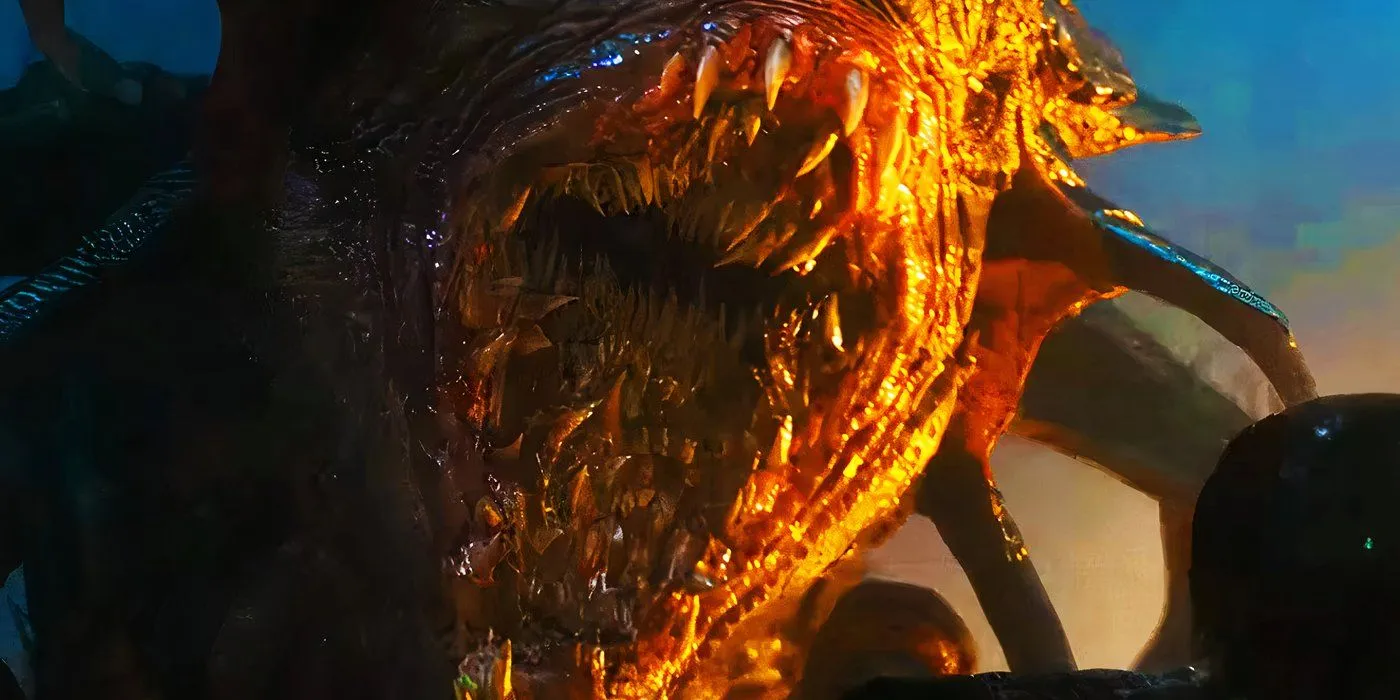
The introduction of the Xenophages—alien hunters who target symbiotes—marks a bold expansion of the SSU’s universe. This twist brings a cosmic element to the franchise, steering clear of a purely Earth-bound narrative. The climactic encounters between Venom and the Xenophages create some of the most visually gripping sequences in Venom: The Last Dance.
In these thrilling battles, Venom collaborates with fellow symbiotes, creating a fresh ensemble of characters. The grotesque, insectoid design of the Xenophages sharply contrasts with the fluid form of the symbiotes, leading to striking visual conflict. This narrative arc explores underlying themes of survival and unity, showcasing Venom’s reluctant evolution into a leader.
Each symbiote is given a moment to shine, revealing their diverse abilities and functions. By incorporating extraterrestrial antagonists, the SSU demonstrates its creative ambition and willingness to explore new storytelling frontiers, although it is unfortunate that it didn’t fully realize the potential of Knull’s impending invasion.
7
Ezekiel Sims Was a Chilling Villain
Madame Web
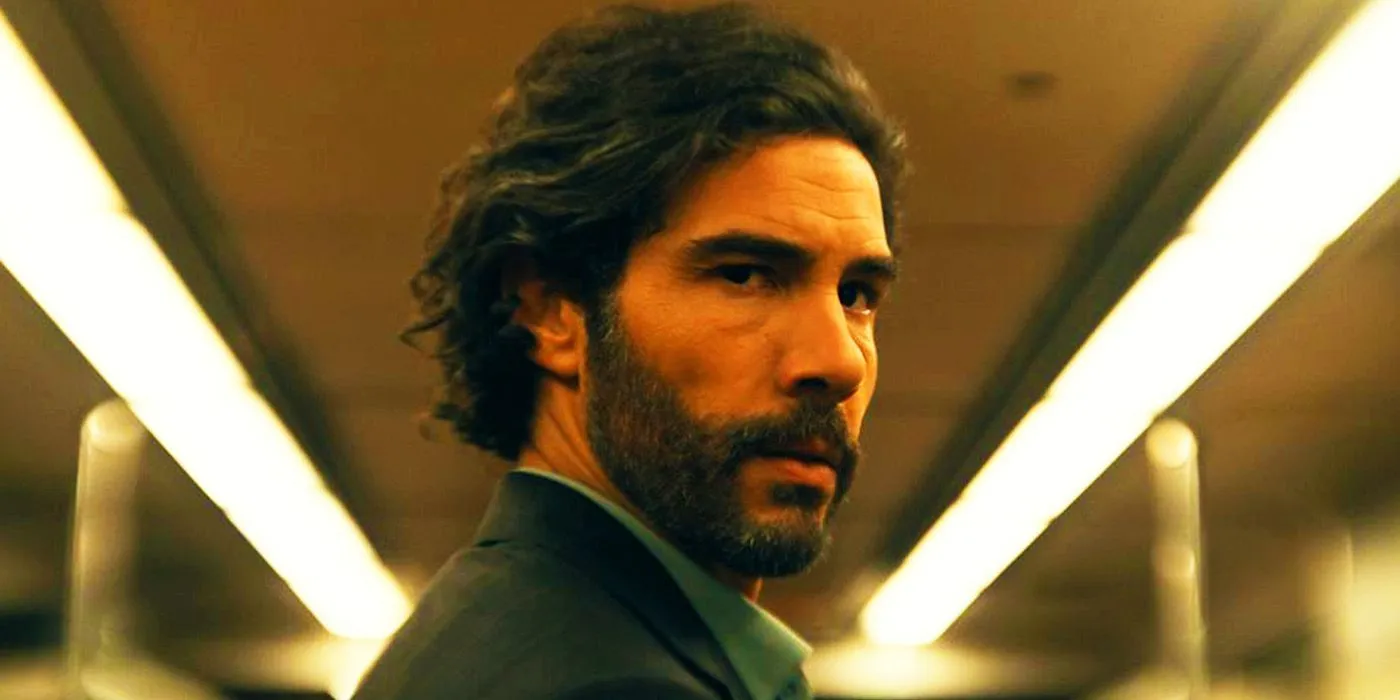
In Madame Web, the portrayal of Ezekiel Sims as a unnerving antagonist adds psychological layers to the SSU. Sims, a former colleague of Madame Web’s mother, becomes a menacing figure driven by a desire to hunt the teenage Spider-Women after gaining spider-based powers in Peru, making his prophetic visions of downfall quite chilling.
Played by Tahar Rahim, this version of Ezekiel captivates with his unsettling presence. Unlike many other SSU villains, whose portrayals tend to be lackluster, Sims emerges as a genuinely menacing figure, embodying the themes of predatory masculinity that resonate throughout the story. Sims demonstrates a complex psyche as both a physical and cerebral foe, establishing him as one of the standout villains of the franchise.
8
Venom: The Last Dance’s Beautiful Ending
Venom: The Last Dance
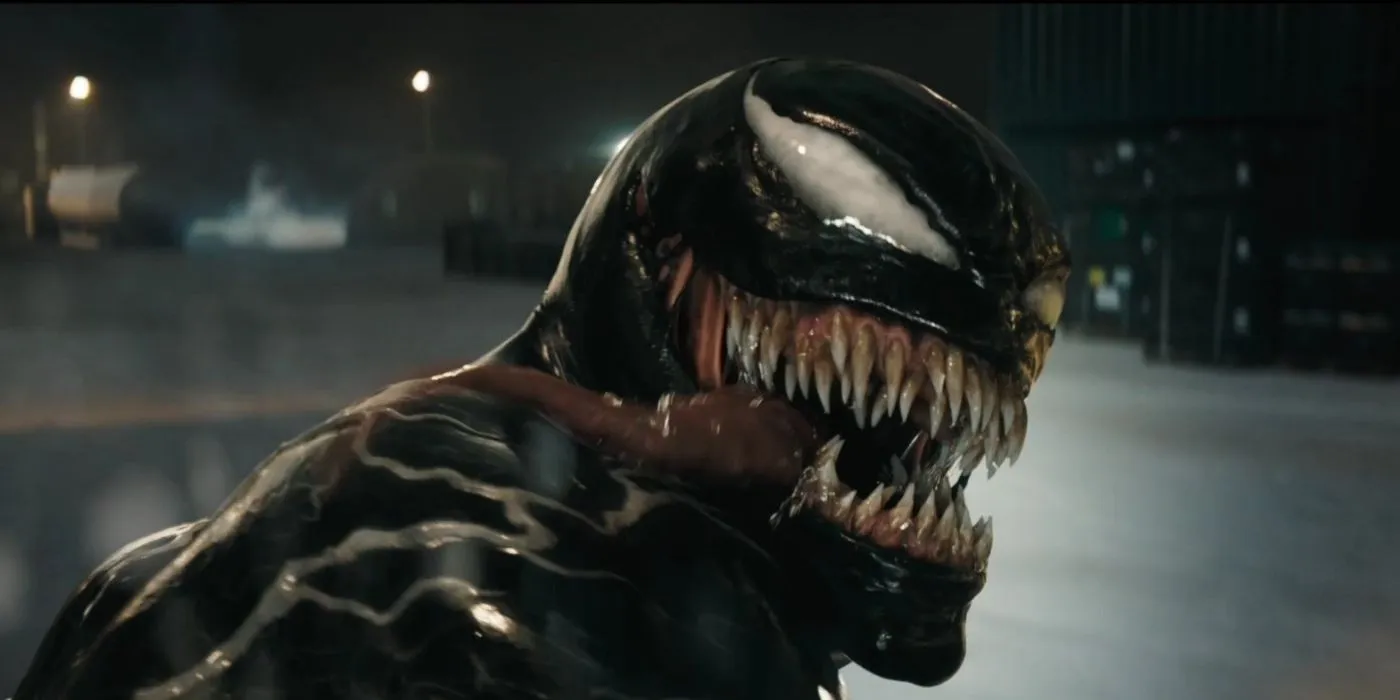
The poignant conclusion of Venom: The Last Dance resonates profoundly, showcasing the duo’s ultimate sacrifice as they embrace their roles as the “lethal protector.”Venom’s selfless act of saving Eddie—ultimately losing himself in the process—creates a powerful moment rich in emotion. Tom Hardy’s compelling performance solidifies his status as the finest actor in the SSU.
Set against a hauntingly beautiful score, this scene encapsulates the essence of Eddie and Venom’s bond—two misfits who found a profound sense of belonging in each other. This climax leaves audiences both teary and reflective, marking one of the most impactful moments in the SSU. By concluding on such a poignant note, the franchise solidifies the legacy of Eddie and Venom as a core emotional element of the series.




Leave a Reply